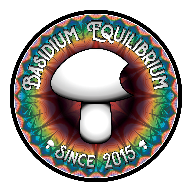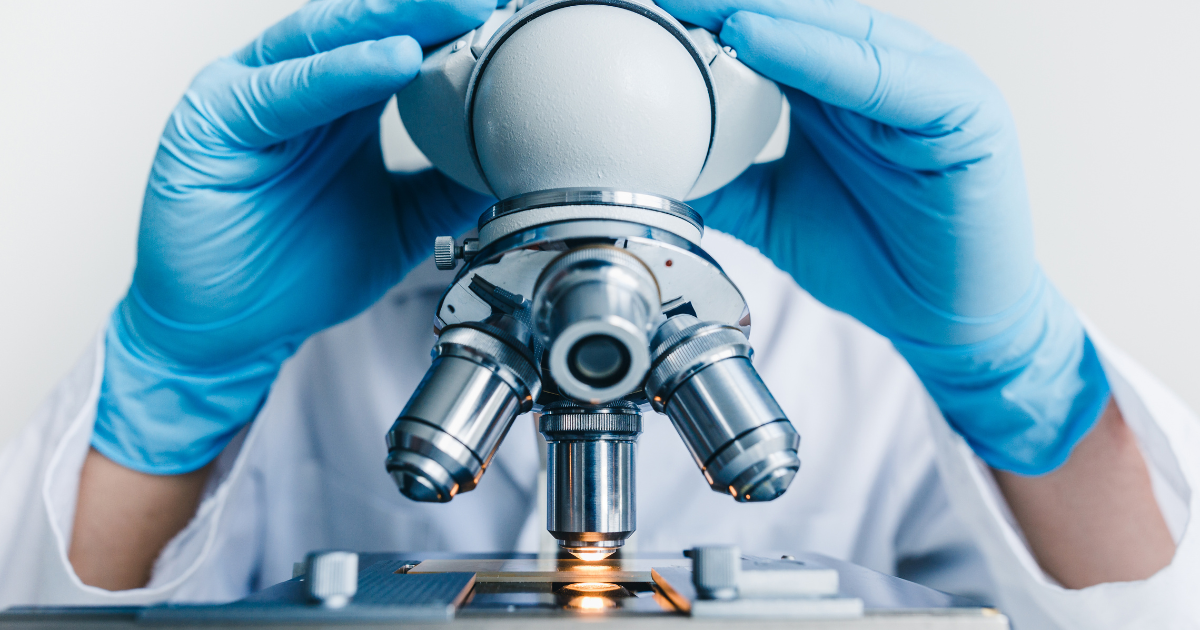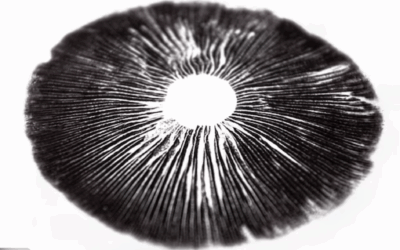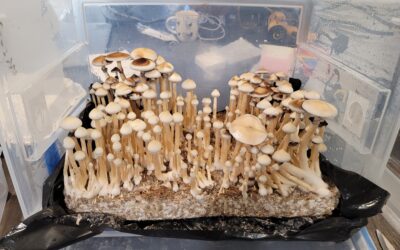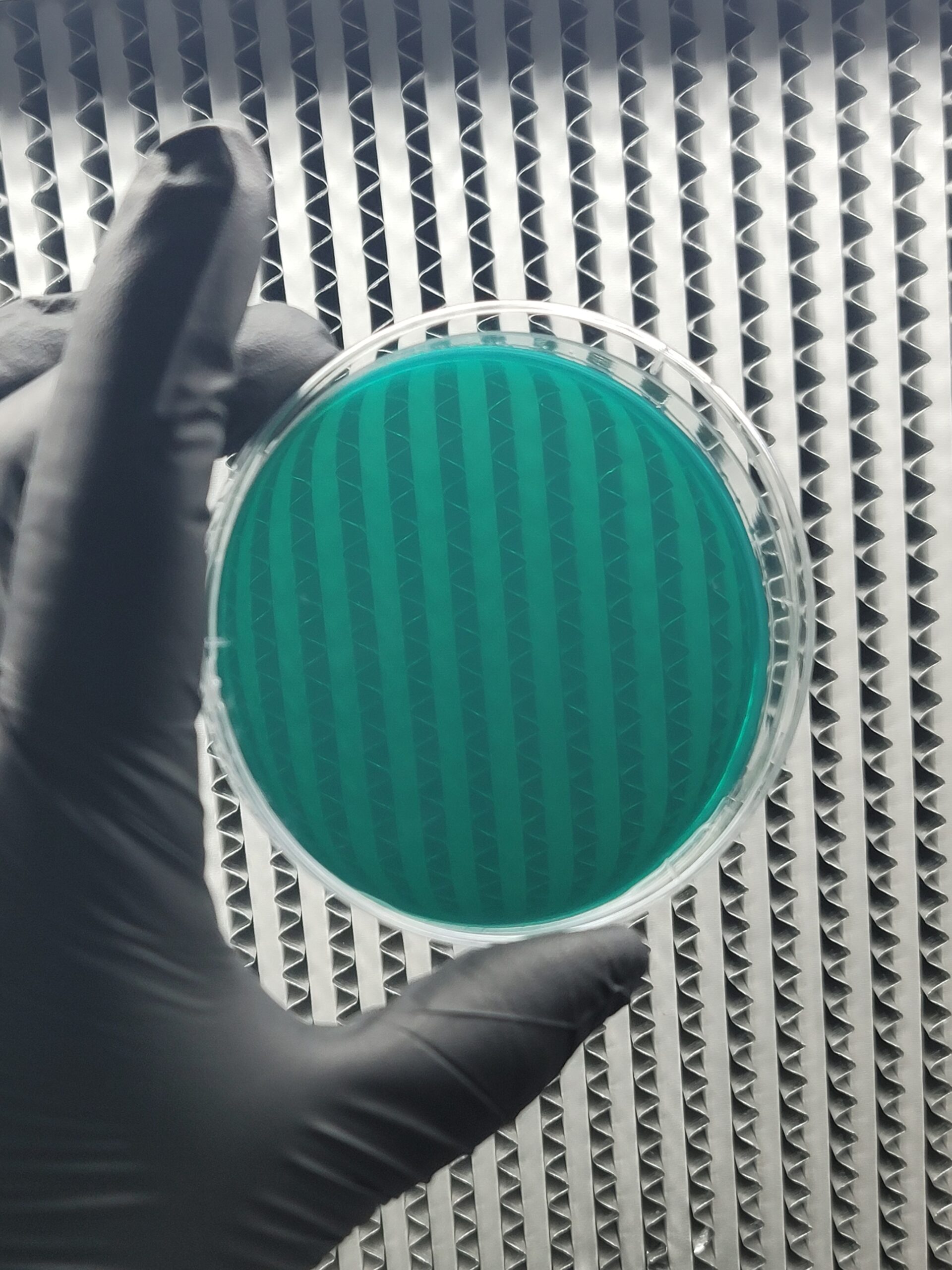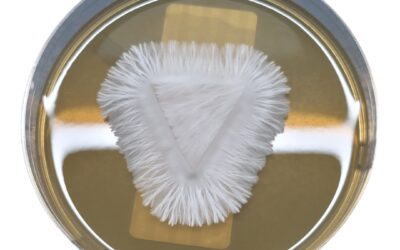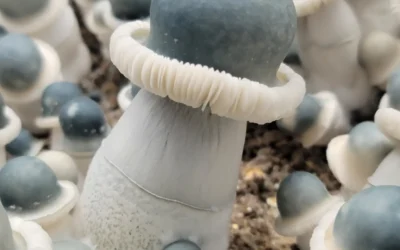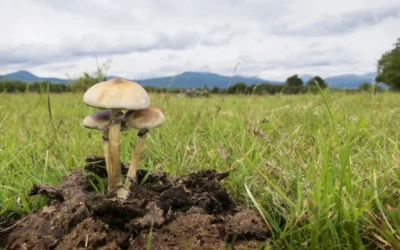There’s something transformative about keeping a microscopy journal. It turns a moment of observation under the microscope into a long-term practice of learning and discovery. Watching the delicate structure of a spore come into focus is fascinating, but as any serious mycologist will tell you, observing is only half the equation. Documenting what you see is what makes the research meaningful.
Even seasoned mycologists forget what worked last year. That one strain that showed incredible resilience? Gone from memory without a single note. The difference between guesswork and actual research often comes down to whether or not you’re tracking your work.
Journaling may seem tedious at first, but it’s one of the most valuable habits you can build. From tracking spore morphology to recording contamination trends or environmental variables, a consistent record turns fleeting observations into repeatable insights.
In this post, we’ll walk through exactly why journaling matters, what you should be recording, how to set up a system that works for you, and how to stay consistent without overcomplicating things. Whether you’re just starting your microscopy journey or looking to tighten your documentation practices, this guide will help you approach your research like a pro.
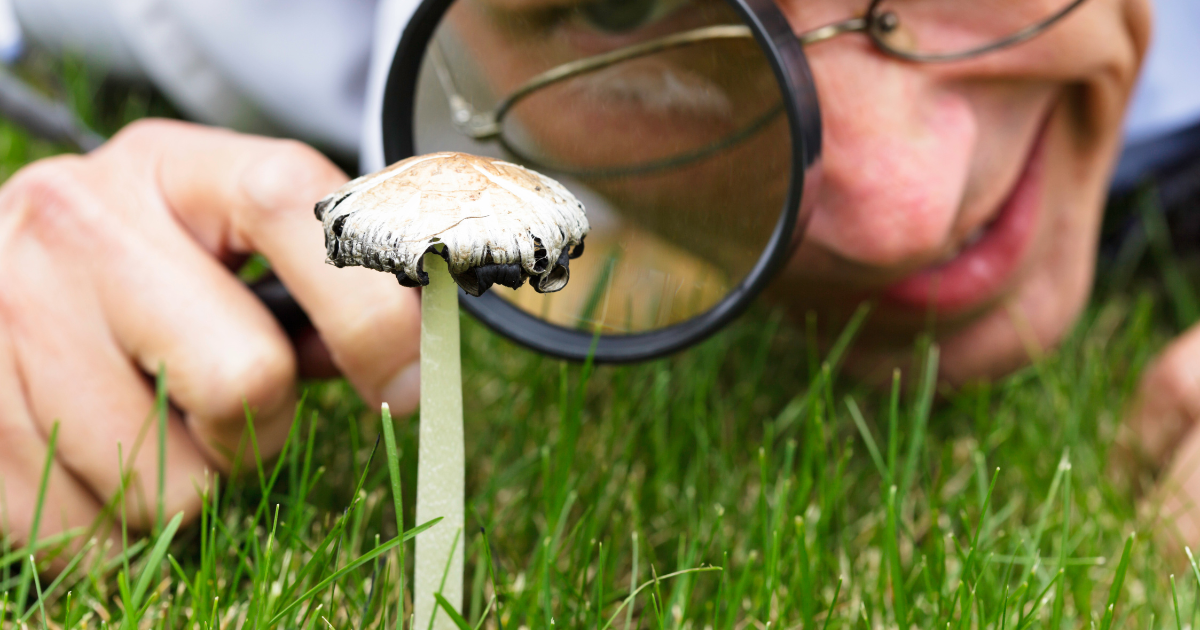
The Best Way to Track Mushroom Spore Data: Why Observation Alone Isn’t Enough
Observation is where the fascination begins, but documentation is where the science happens. For serious mycologists, each microscope session is more than just a look; it’s a data point. Without tracking, even the most interesting discoveries fade into memory.
Keeping detailed notes is the best way to track mushroom spore data over time. It reveals patterns in strain behavior; how certain spores germinate faster, resist contamination, or respond to different conditions. You might notice that one lineage consistently produces stronger results, or that a specific substrate always yields cleaner slides.
When you document these insights, you’re not just building a habit—you’re building a living archive. Over months and years, this kind of long-term strain tracking becomes invaluable, especially when working with rare or landrace spores. Whether you’re refining your process or contributing to broader research, solid records make your findings repeatable, teachable, and reliable.
What to Record in Your Microscopy Journal
A good microscopy journal isn’t just a notebook—it’s a personalized research database. Whether you’re studying spores for hobby, education, or scientific contribution, the quality of your notes directly affects the insights you can gain over time. Here’s what you should be recording during every session:
- Date and time of observation: Logging when you examine a strain helps identify seasonal patterns and compare environmental conditions across time.
- Strain name and source: Always note the full name, variety, and where the spores came from—especially if you’re working with legacy or rare genetics.
- Substrate or environment (if applicable): If you’re also observing growth stages, note the substrate type and conditions.
- Spore morphology: Record characteristics like shape, color, texture, and size under magnification. These visual markers are essential for classification and comparison.
- Growth rate observations: If you’re tracking multiple sessions over time, note how quickly the spores are developing or maturing.
- Environmental conditions: Include temperature, humidity, light exposure, or any variables relevant to the spore’s environment.
- Microscopy notes: List the magnification used, any visual anomalies, signs of contamination, or technical challenges during observation.
- Behavioral observations: Track unique activity like sporulation timing, clustering, or spore shedding.
Lastly, consider adding an insights or reflection section at the end of each entry. Use this space for intuitive impressions, questions to explore, or any hunches you want to revisit later. These notes often become the bridge between observation and innovation.
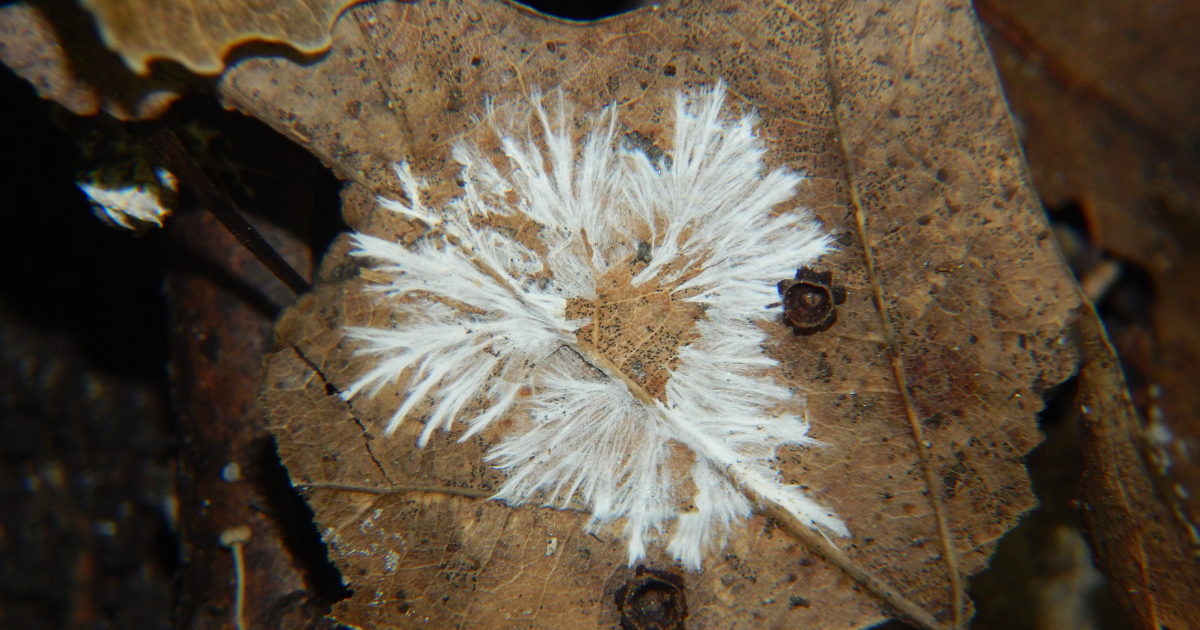
Paper or Digital? Choosing the Right Format
When it comes to keeping a microscopy journal, there’s no one-size-fits-all solution—both paper and digital formats have their strengths. Paper journals offer a tactile, organic feel that many mycologists love. They’re distraction-free, durable, and make great archival records.
Digital logs, on the other hand, are searchable, easily backed up, and perfect for integrating photos, spreadsheets, and cloud storage.
And the truth is, many researchers use both: a paper journal for hands-on, lab-style notes and a digital version for organizing long-term data, uploading microscope images, or analyzing trends over time. The key is consistency—use what fits your workflow best.
Building a Microscopy Habit that Sticks
As we mentioned above, consistency is key to getting real value from your microscopy journal. Keep your notebook or digital log close to your gear so it’s always within reach. Try to write immediately after your observation session—before the details fade.
Set a weekly reminder or use a simple field template to streamline the process. Don’t aim for perfection; brief entries are better than none.
Here’s a quick 3-minute journaling framework.
- Log the basics (date, strain, observations)
- Jot down anything unusual
- Note at least one insight
These small habits are among the most professional mushroom microscopy tips you’ll ever apply.
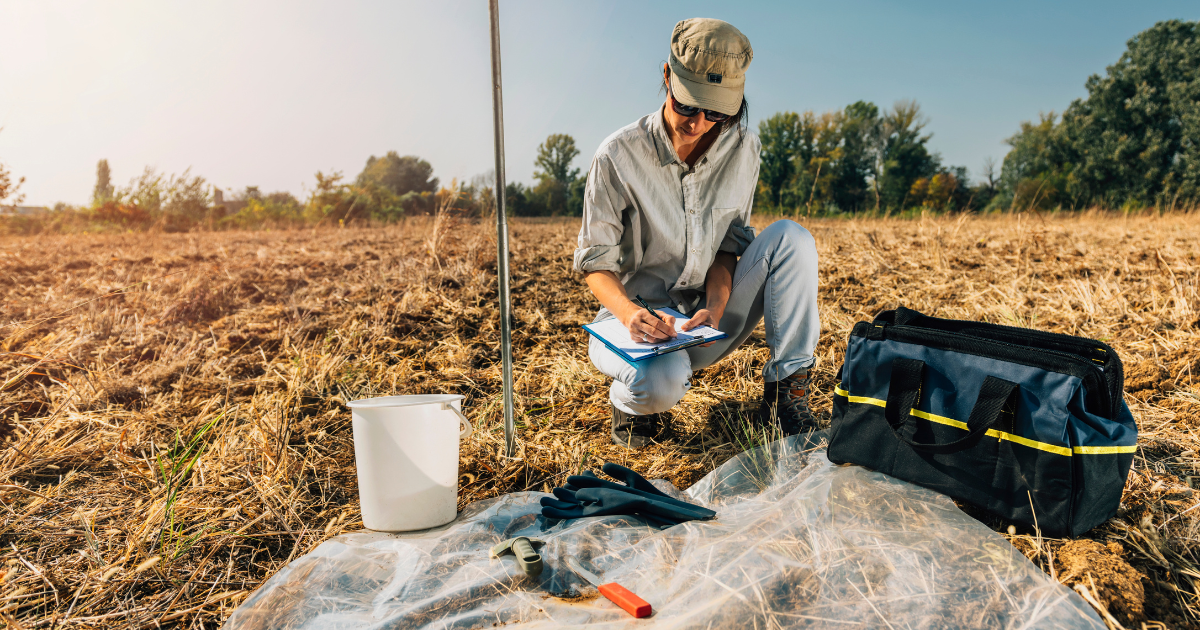
From Notes to Knowledge: The Power of Reflection
At first, a microscopy journal might just look like a stack of dates and strain names—but over time, it becomes something far more powerful: a personal library of insight. Regular journaling transforms isolated sessions into a meaningful body of work, allowing you to identify trends, troubleshoot problems, and refine your methods with confidence.
You might start to notice recurring contamination in specific strains or realize that one spore source consistently produces more viable specimens. Maybe your entries help you dial in ideal humidity levels, or you uncover patterns in sporulation timing you’d otherwise miss. This kind of pattern recognition is only possible when notes are reviewed—and reflected upon.
Why a Microscopy Journal is Essential for Spore Research
In a field as nuanced and detail-rich as mycology, intentional journaling isn’t just a nice habit—it’s a critical part of the research process. Your microscopy journal is more than a notebook; it’s a long-term investment in your growth, your precision, and your legacy.
When you take the time to track your observations with care, you’re sending yourself, and your future work, a clear message: this matters. You’re no longer just looking through a lens; you’re creating a framework of learning that deepens with every session.
Over time, journaling elevates your practice from casual observation to something more meaningful. It builds continuity, uncovers patterns, and creates a body of knowledge that can guide future research, inspire new questions, and even contribute to the broader field.
So go ahead. Start documenting your microscopy journey today. And don’t forget to check out our curated spore collection to add new strains to your research. The next entry in your journal could be the start of something truly extraordinary.
